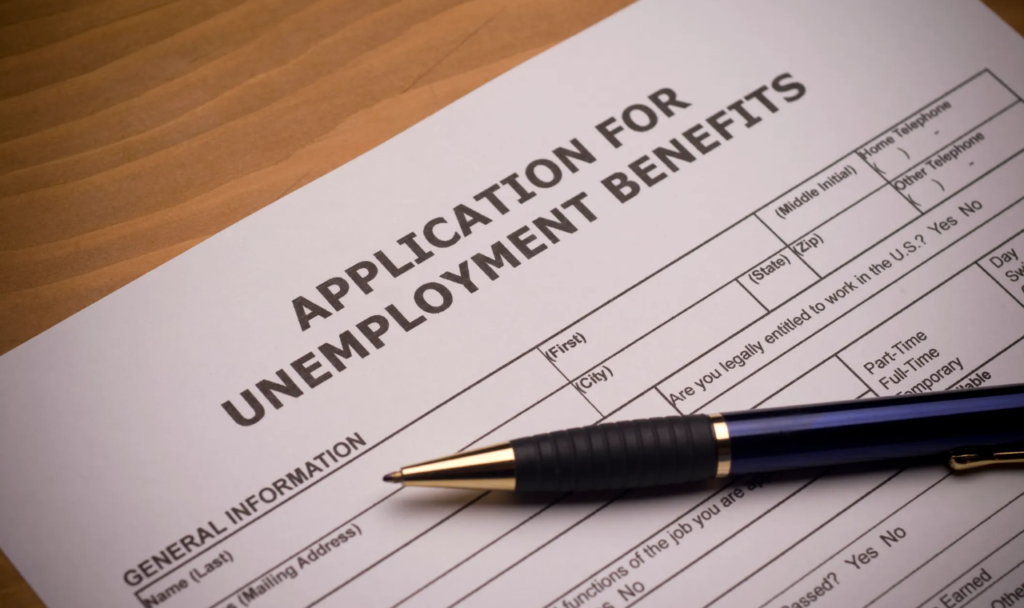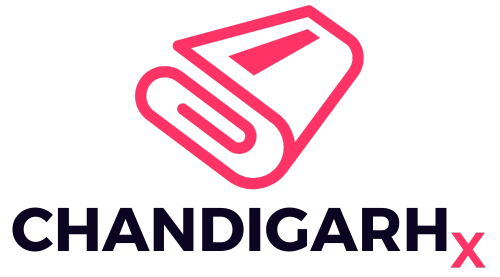Unemployment benefits provide crucial financial assistance to millions of Americans who have lost their jobs. However, recent legislative proposals and state-level changes may impact eligibility, benefit amounts, and duration. If you’re currently unemployed or considering applying for unemployment insurance (UI), it’s essential to stay informed about the latest updates.
In this article, we’ll break down what’s changing, how it may affect you, and what steps you can take to ensure you still qualify.
What’s Changing in Unemployment Benefits?
1. Proposed Federal Legislation: The Unemployment Integrity (UI) Act
One of the most significant proposed changes to the U.S. unemployment system is the reintroduction of the Unemployment Integrity (UI) Act by Representative Chuck Edwards. The bill aims to strengthen eligibility requirements and prevent fraud in unemployment benefits.
Key aspects of the proposed legislation include:
- Stricter work search requirements – Claimants may need to provide additional proof that they are actively seeking employment.
- More oversight on benefit distribution – Increased state-level accountability to prevent fraudulent claims.
- Potential reduction in benefit duration – Some states have already moved away from the traditional 26-week maximum.
Although the bill is still in discussion, if passed, it could bring major changes to how unemployment benefits are distributed across the country.
2. State-Level Changes: Variations in Benefit Duration and Amounts
While federal guidelines provide a framework for unemployment insurance, each state administers its own program, meaning rules and benefit amounts can vary widely.
Recent state-level changes include:
- Shortened benefit periods – Some states have reduced the number of weeks unemployment benefits are available, departing from the traditional 26-week standard.
- Lower weekly benefit amounts – Certain states have adjusted their formulas, potentially reducing the financial assistance provided.
- Increased job search requirements – Some states now require claimants to apply for more jobs per week or participate in mandatory job training programs.
Since changes vary by state, it’s important to check with your local unemployment office for the most up-to-date information.
Do You Still Qualify for Unemployment Benefits?
With these recent changes, it’s crucial to review the eligibility criteria and ensure you still qualify for unemployment assistance.
1. General Eligibility Requirements
While requirements differ by state, most applicants must meet the following basic conditions:
- Job Loss Through No Fault of Your Own – You must be unemployed due to layoffs, company closures, or other external factors. If you quit voluntarily or were fired for misconduct, you may not qualify.
- Sufficient Work History – You need to have worked a minimum amount of time and earned a certain level of wages in your base period (typically the last 12 to 24 months).
- Actively Seeking Work – Most states require you to actively look for a job and provide proof of your job search efforts. This could include submitting applications, attending interviews, or enrolling in workforce training programs.
2. How Much You Can Receive in Benefits
Unemployment benefits are calculated based on your previous earnings. Typically, states provide a percentage of your average weekly wage, up to a certain maximum amount.
- Example: In California, the maximum weekly benefit is $450, while in Massachusetts, it can go up to $1,033.
- Some states provide additional benefits for dependents or individuals participating in reemployment programs.

What to Do If You No Longer Qualify
If you find that you no longer qualify for unemployment benefits, consider these alternatives:
1. Explore Other Financial Assistance Programs
If you don’t meet the revised UI eligibility, you may still qualify for other support programs:
- Temporary Assistance for Needy Families (TANF) – Offers financial assistance to low-income families. www.acf.hhs.gov
- Supplemental Nutrition Assistance Program (SNAP) – Provides food assistance for low-income individuals.
- Low-Income Home Energy Assistance Program (LIHEAP) – Helps cover energy bills for eligible household.
2. Look Into Job Training and Workforce Development Programs
Many states offer job training programs to help unemployed individuals gain new skills and find employment faster. Some of these programs provide stipends or extend benefits while you retrain.
Check out free job training programs here: www.careeronestop.org
3. Consider Gig or Freelance Work
If traditional employment is taking time to secure, gig work and freelance opportunities can provide temporary income. Platforms like Upwork, Fiverr, and TaskRabbit offer remote and local opportunities for work.
How to Apply for Unemployment Benefits
If you believe you still qualify, here’s how to apply:
1. Gather Necessary Documents
Most states require:
- Social Security Number (SSN)
- W-2 or pay stubs from previous employers
- Proof of job loss (termination letter, layoff notice, etc.)
2. Apply Through Your State’s Unemployment Office
You must file a claim with your state’s unemployment insurance program. Most states allow you to apply:
- Online (preferred method)
- By phone
- In person at a local unemployment office
3. Follow Up on Your Claim
After applying:
- Check your application status regularly.
- Respond to any requests for additional information.
- Keep records of your job search activities if required.
Conclusion
Unemployment benefits are changing, and it’s important to stay updated to ensure you still qualify. Whether it’s new federal proposals tightening eligibility or state-specific modifications, knowing the latest rules can help you navigate your claim successfully.
If you’re unsure about your eligibility, visit your state’s unemployment office website or consult an employment advisor. Stay proactive, explore alternative financial resources, and keep searching for new opportunities.

Pankaj Kumar is a journalist at Chandigarh X, covering admit cards, recruitment, and government schemes. His articles provide readers with detailed insights into application processes, eligibility, and exam updates.
Outside of work, Pankaj enjoys traveling, fitness, and cricket, often participating in local matches on weekends.



